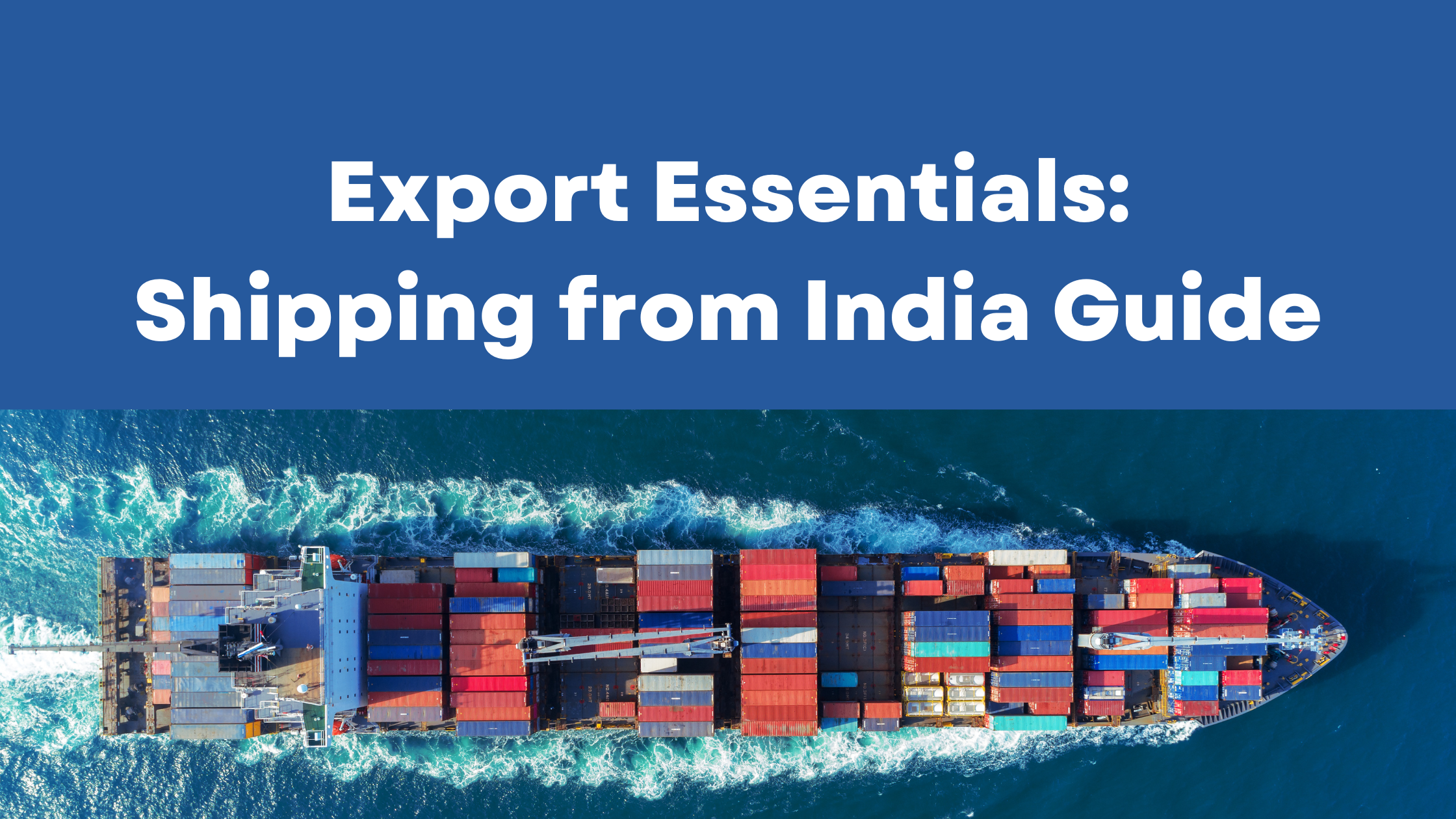Shipping from India plays a vital role in global trade, contributing to the country’s economic growth. However, for exporters, navigating the complexities of shipping processes can be challenging. That’s why we have created this comprehensive guide on shipping from India, which covers everything you need to know about exporting goods from India. Whether you’re new to exporting or an experienced exporter, this guide will provide you with valuable insights and practical tips to ensure a smooth and successful shipping experience.
Key Takeaways
- Shipping from India plays a crucial role in global trade.
- This guide provides comprehensive insights into the shipping processes involved in exporting goods from India.
- Exporters must comply with regulations and choose a reliable shipping company to ensure safe and efficient shipping.
- Packaging, labeling, insurance, and price negotiation are among the essential factors to consider when shipping from India.
- Understanding the shipping costs and making informed decisions is crucial for optimizing shipping expenses.
Understanding Indian Shipping Ports
India is home to several major ports that are essential for facilitating international trade and commerce. These ports are strategically located across India’s vast coastline and offer world-class infrastructure and logistics capabilities.
Major Ports in India
| Port | Location | Specialty |
|---|---|---|
| Mumbai Port | Mumbai, Maharashtra | Handling diverse cargo types |
| Jawaharlal Nehru Port | Navi Mumbai, Maharashtra | Largest container port in India |
| Mormugao Port | Goa | Largest iron ore exporting port |
| Kandla Port | Gujarat | Largest port by volume of cargo |
| Chennai Port | Tamil Nadu | Second-largest container port |
Logistics Capabilities
Indian ports offer warehousing, container handling, cargo handling, and transportation. Equipped with RFID, GPS, and electronic data interchange, they streamline processes and provide real-time tracking.
Shipping Methods from India
Exporters can choose from a variety of shipping methods:
Air Freight
- Fast and reliable.
- Ideal for perishable or time-sensitive goods.
- More expensive; less suitable for bulk cargo.
Sea Freight
- Most common and cost-effective.
- Ideal for large or heavy shipments.
- Slower transit times.
Land Transportation
- Suitable for nearby countries.
- Can be part of multimodal transport.
- May face customs delays at borders.
Choosing the right method depends on cargo type, volume, destination, and time constraints.
Documentation and Customs Procedures
Proper documentation ensures compliance and avoids delays. Key documents include:
- Commercial Invoice
- Bill of Lading
- Certificate of Origin
- Packing List
- Insurance Policy
- Export License (if applicable)
Customs clearance must align with destination regulations. Hiring a Customs House Broker is recommended.
Choosing the Right Shipping Company
- Experience with similar goods/routes
- Certifications and compliance
- Transparent pricing
- Added services (customs brokerage, insurance)
Packaging and Labeling for International Shipping
Packaging Guidelines
- Use sturdy materials like cardboard boxes, crates, pallets.
- Use padding (bubble wrap, foam) to protect items.
- Seal all packages securely.
Labeling Requirements
- Include exporter and recipient names and contacts.
- Use durable and waterproof labeling materials.
- Comply with country-specific labeling standards.
Regulatory Compliance
Follow specific guidelines for products like hazardous goods. Include country of origin where required.
Shipping Insurance and Risk Management
| Insurance Type | Coverage Details |
|---|---|
| All Risk Coverage | Covers all physical loss or damage (except exclusions). |
| Free of Particular Average | Covers total loss due to major events like sinking, collision, etc. |
| General Average Guarantee | Covers shared costs in case of emergency cargo jettisoning. |
Work with freight forwarders to select the right insurance. Combine with risk management strategies (secure packaging, trusted carriers).
Understanding Shipping Costs and Price Negotiation
Freight Rates
Vary by cargo type, route, weight.
Hidden Charges
Watch for loading, unloading, or detention fees.
Volume Discounts
Negotiate lower rates for bulk shipments.
Cost Optimization Tips
- Consolidate shipments.
- Use space-efficient packaging.
- Compare carriers.
Conclusion
Exporting from India involves understanding ports, logistics, documentation, insurance, and pricing. With proper planning, exporters can ensure smooth operations and cost-effective delivery.
FAQ
What is the importance of shipping from India in global trade?
India’s shipping supports economic growth and market access worldwide.
Which are the major shipping ports in India?
JNPT, Chennai, Cochin, Kandla, and Kolkata.
What shipping methods are available?
Air freight, sea freight, and land transportation.
What documentation is required?
Invoices, bills of lading, packing lists, certificates, and licenses.
How to choose the right shipping company?
Consider experience, compliance, pricing, and services offered.
What are the packaging and labeling requirements?
Secure packaging and compliant labels are essential.
Why is shipping insurance important?
It protects against financial losses due to cargo damage or loss.
What factors influence shipping costs?
Mode of transport, distance, weight, volume, and fees.
How to negotiate prices effectively?
Compare quotes, ask for volume discounts, and reduce overhead costs.




Comments are closed